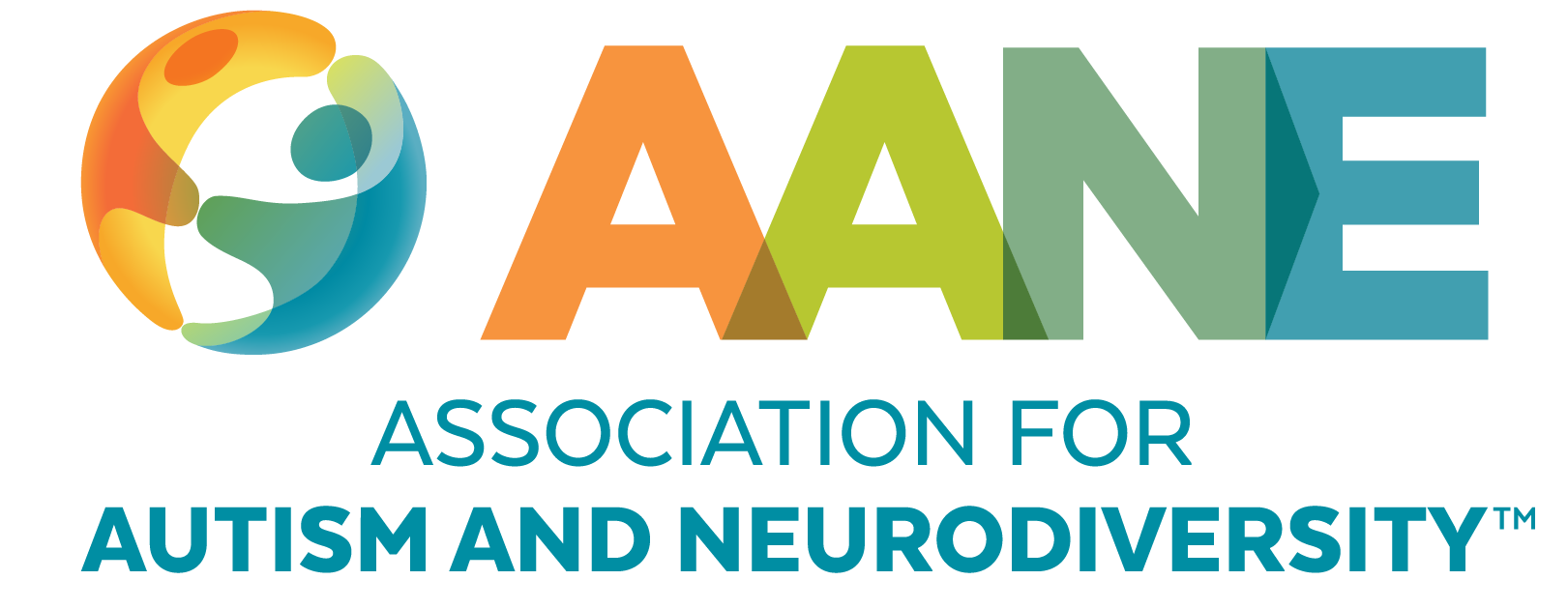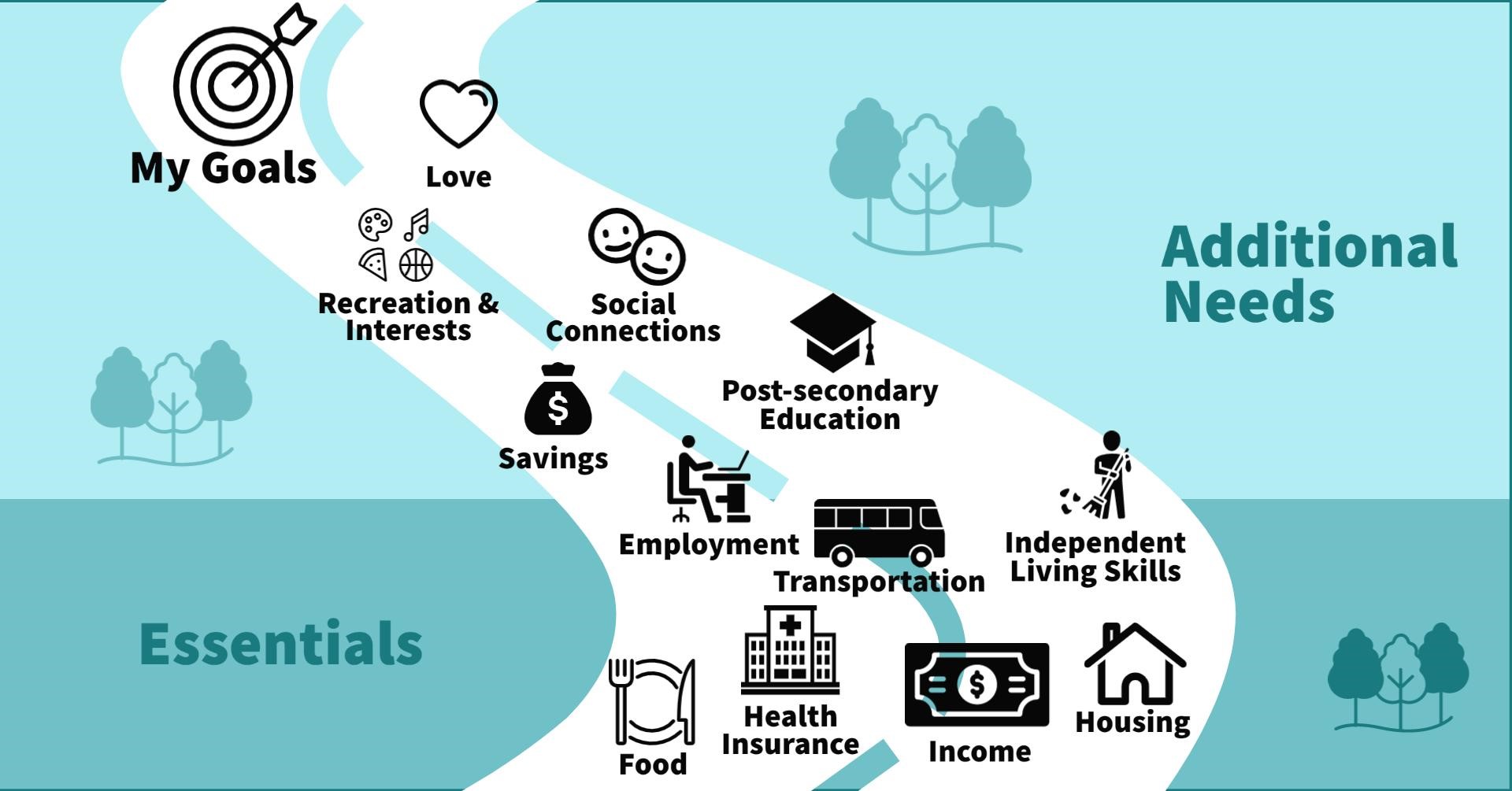
Emotional Regulation: Helping Our Students and Ourselves
About the Author
Ilia Walsh is the Director of Individual and Family Services at AANE and the creator of the Autism In Real Life Podcast. Ilia is a mom of two young adults, one of which is Autistic. She has over 25 years of experience with families, children, and adults through training, education, and support. Ilia is also a registered yoga teacher and also enjoys painting, dancing, and travel.

Our Students
Helping students to identify and label their emotions has become a strong part of curriculum in many schools for years now, and the inclusion of social emotional learning has benefited students tremendously.
There are so many areas to consider when thinking about emotional regulation for Autistic students. It is possible that dysregulation happens due to sensory sensitivities like aversions to bright lights or to loud sounds, or interacting in a crowded classroom. Executive function or processing speed challenges like following instructions or verbalizing thoughts coherently can also be frustrating for students. Anxiety and/or other mental health conditions can be significant causes of dysregulation. Ultimately educators must identify the underlying causes for emotional dysregulation for each student and tailor strategies for their unique profile, but there are things educators can do to proactively make the class an environment easier for all students, whether or not they are Autistic.
First, it is important to create a calm and safe environment. Not just visually calm and physically safe, but also having a calm presence in the classroom and creating a safe space for students to share their experiences and their emotions. Part of creating this space is to help students build self-awareness. This awareness can come from frequent positive reinforcers and creating a common classroom language where students hear their teacher being supportive and encouraging. This increases the likelihood that students will model that behavior with their peers and perhaps even their families! This can help a student build a personal sense of self and understand what they are good at. At the same time, this can create a sense of trust where feedback about all emotions can be made and are valued without judgment. We can talk about the things that get us angry or things that make us feel disappointed in addition to what makes us happy or excited.
Once we identify and label our emotions, we can start to discuss the patterns that may cause specific emotional responses. For example, one day I was very irritable and having trouble focusing on my work. I started to get frustrated with myself and with those around me. Instead of acting out, I decided to pause and think, “What is different today? Why might I be behaving this way?” I realized that I did not have a great night’s sleep the night before, and I was having unrealistic expectations of my ability to function. By sharing this type of analysis with students, we can try to show students how to understand their own emotional dysregulation and to mitigate it (as best we can) before certain situations arise.
Of course, the world can be unpredictable so we also need to be prepared for situations that we may not expect. This could be where we enlist tools like breathing exercises, meditation, mindfulness, movement, or some other preferred activity. These tools can all be done in short, 4-5 minute bursts as needed or perhaps we engage in a longer game of “freeze dance” or a 15-20 minute read of a good book. These tools can be great, not only to regulate strong emotions after they are expressed, but also in helping to regulate one’s emotions all the time.
It is important to remember not to make assumptions about why a student is demonstrating a particular emotion or behavior. If a student comes into school each day and stands at the entrance and cries, it may not be that the student is missing home. It could be that perhaps they can’t remember if they brought their homework to school. It happens each day because there is no set routine at home to help ease that worry. If we put a strategy in place to help with remembering homework, then we may just keep this student from crying each day. As educators, we need to be detectives and sometimes see what is beyond the surface.
Ourselves

One thing I try to emphasize with educators is that our own emotional regulation should not be ignored. We need to take time to care for ourselves, set boundaries on how and when we work, and also to remember to pause. This may sound harder than it needs to be, and if done as an exploration, it can be a way to teach those around us by setting an example — not just for students, but for our broader community.
I know the term self-care is overused. It is important, however, to reflect on where you are on this journey and see if your self-care practices are replenishing your reserves. Or, perhaps you can reflect and know that what you may already be doing is “good enough” and give yourself permission to be wherever you are right now.
I am sure you have heard “your cup needs to be full to be able to help others.” I totally agree with this, but as a nurturing type, I tend to put others’ needs first. But again, this is not sustainable for long periods of time. Trust me, I have tried. Then I just burn out.
On reflecting on my self-care journey, I find I use a general contractor model, meaning that I look at what my needs may be right now and access a tool that can help. Working with a therapist, movement/exercise, meditation, creative outlets — all of these areas are key pieces to help me with self-care and emotional regulation.
Another tool has been to do random “check-ins” with myself to see how I am feeling to see what kind of break I need. If I do need one, I can do a quick meditation or perhaps I turn on some dance music and “dance it out” for a few songs. Does some of this sound familiar? Have you used some of these tricks with your students? Maybe it’s time to “flip the script” and remember to pay attention to your own emotional regulation.
However you choose to take care of yourself, try not to judge if you’re doing it right or feel guilty that you should be focusing that time on something else. Try to remember that you are important and you are perfectly justified in taking care of yourself. And if you still feel a little guilty, think of it as modeling behavior for your students, colleagues, and perhaps some family members as well so they feel they can do the same for themselves.
Stay Current
Subscribe for AANE weekly emails, monthly news, updates, and more!






